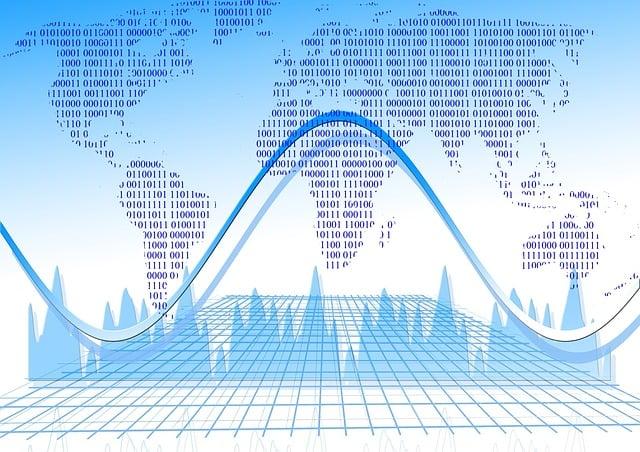Big Data refers to sets of data that are too large and complex to be processed and analyzed using traditional means. These sets of data can come from a variety of sources, such as e-commerce transactions, social media logs, or even data from Internet of Things sensors.
To be able to work with Big Data, specialized technologies are needed. One of these technologies is parallel processing, which allows large sets of data to be divided into smaller pieces that can be processed simultaneously on different machines. Another important technology is distributed storage, which allows large amounts of data to be stored on different machines and accessed quickly and efficiently.

There are a wide range of practical applications for big data. In the business realm, large sets of data can be used to improve efficiency and productivity, as well as to make more informed decisions. In the health sector, big data can be used to improve medical care and develop new treatments. In the government realm, big data can be used to improve efficiency and transparency of government, as well as to make more informed decisions about public policies. In the science realm, big data can be used to discover patterns and trends in large sets of scientific data.